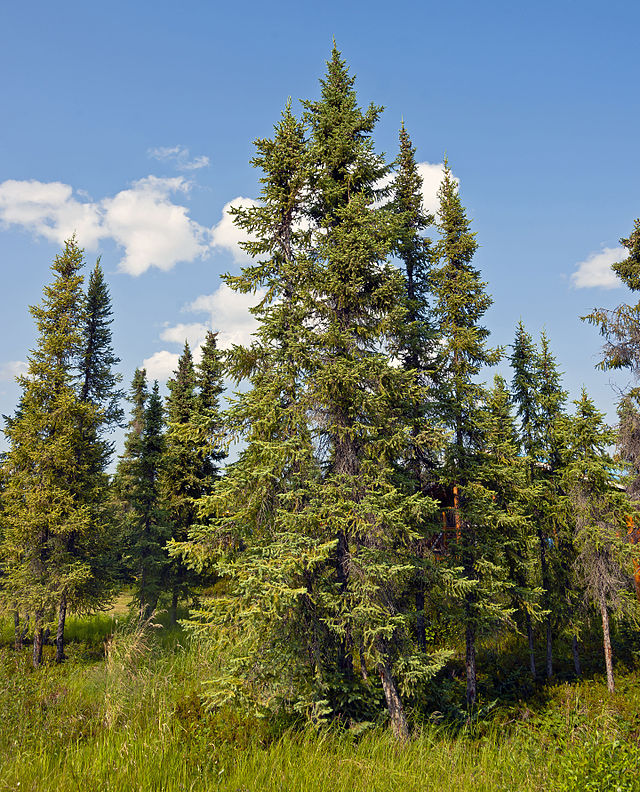Dealing with the theme of Fragility and Resilience, it is interesting to reflect on the etymology of these two words:
fragility speaks of something that breaks – many things, internal and external, that can be broken;
resilience finds its etymology in “bouncing”; it is interesting to see the relationship between what breaks and what bounces. We note that fragility at this point seems to be something that lets in and breaks; while what is resilient is what bounces (it is not “devastated” by what comes).
Resilience was born to describe physical phenomena, energy absorption and restitution (the tennis racket does not break on contact with the impact of the ball because the net absorbs the energy of the impact and returns it).
Resilience in this sense is not Resistance; in resilience there is elasticity.
Whatever the impact, even small, it is a question not of becoming rigid, but of absorbing the stimulus and using this energy for something constructive – positive.
In every person’s life there are disharmonies and difficulties that through an inner alchemical process can be transformed into a different form of energy – which goes to support life and the development of life. The key word is transformation – sometimes it is easier said than done, but it is certainly possible – sometimes we do this alone, sometimes with the help of a therapist or a guide.

The strength and beauty of essential oils find in this process a possible point of interaction: the essences, with their olfactory beauty, their chemical composition, their vibrational quality can be a support in a process of resilience whether traveled alone or path through a helping relationship.
An example of an essential oil that we can think of as suitable for a resilience process is the Picea mariana (Black spruce).
Black spruce is a tree of the Pinaceae family that can reach 15 meters in height. It is easily found in Canada, in arctic environments, in Alaska etc.
Its essential oil has a complex olfactory profile, which reflects its many qualities: it affects the balsamic resinous aspect, with a tendency to nuances that I like to call “sugary”; a more pungent, dense and penetrating part is accompanied by a feeling of openness and relaxation. This presence of stimulating and relaxing elements (confirmed by the chemical composition of the essential oil, which combines monoterpenes and alcohols with esters) allows us to glimpse its power: certainly an essence of stimulus and support, which has in itself a kindness that can constitute just that resilient force we are looking for.
We therefore have an essential oil in hand which proves to be energizing and which at the same time maintains a “vulnerability”, a freshness that is useful when we are not only looking for a stimulant, but we need a substance in greater balance. Some researchers call the Picea mariana an adaptogen, highlighting this quality of support for the mind-body system when it comes to dealing with the outside world.
The use of essential oil can be for example in feet baths and complete baths, a couple of drops in a spoonful of coarse salt poured into water, and also in environmental diffusion, when you feel tired and weighed down, when the inner strength maybe tends to weaken due to the many things to deal with and manage.
Essences of this type, even if they do not present particular contraindications, are always to be carefully evaluated in case of pregnancy and sensitive people (children, elderly, etc.).
